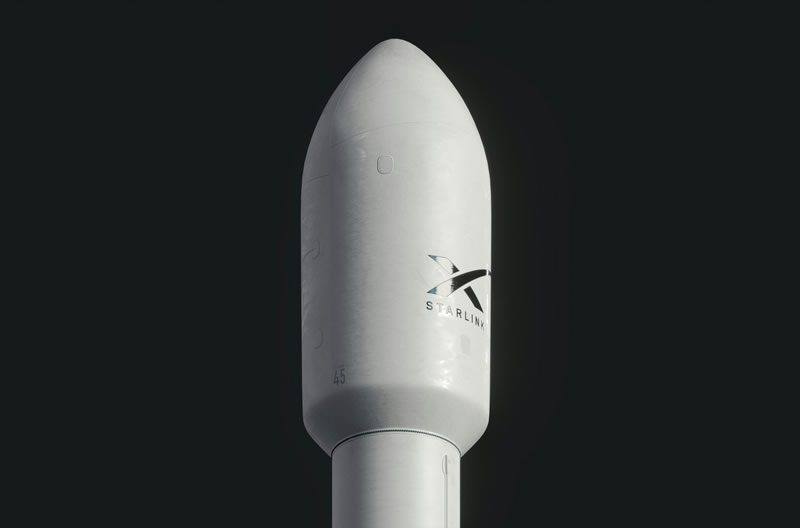Starlink’s direct-to-mobile (DTC) satellites shine nearly five times brighter than SpaceX’s regular satellites, causing concern among astronomers. If this is not corrected, additional light emission from DTC satellites could negatively impact astronomers’ work.

Image Source: Anirudh/Unsplash
Researchers from the International Astronomical Union (IAU) claim that DTC satellites glow 4.9 times brighter than their Internet counterparts. The amount of reflected light is so great that it causes “severe image degradation” for wide-field astronomical telescopes, including the University of Arizona’s Rubin Observatory, ExtremeTech reports.
Elon Musk’s SpaceX currently operates more than 6,000 conventional Starlink satellites and just 103 DTC satellites. However, the company plans to launch up to 7,500 additional DTC satellites in the coming years, which could worsen the problem of light pollution.
Experts believe that the increased brightness of DTC satellites is due to the orientation of their body and solar panels. Typically, SpaceX takes measures to reduce the brightness of satellites by covering them with a dielectric mirror film, but in the case of DTC satellites, the company has not yet taken such measures. In addition, reflective film does not completely solve the problem in any case.
Anthony Mallama, lead author of the study, said SpaceX explained the lack of measures to reduce brightness by saying that the satellites were still in the testing stage. However, astronomers warn that the increase in the number of orbiting satellites could disrupt space exploration and make the darkest parts of the night sky 7.5% brighter in the next decade.
Why SpaceX does not use its brightness reduction methods for DTC satellites is known only to the company itself. Amid calls to the FCC about the risks of DTC satellites to astronomy and UN efforts to tighten regulation of Starlink, the lack of brightness reduction measures raises further questions for SpaceX about its willingness to work with the public to keep skies clear. .